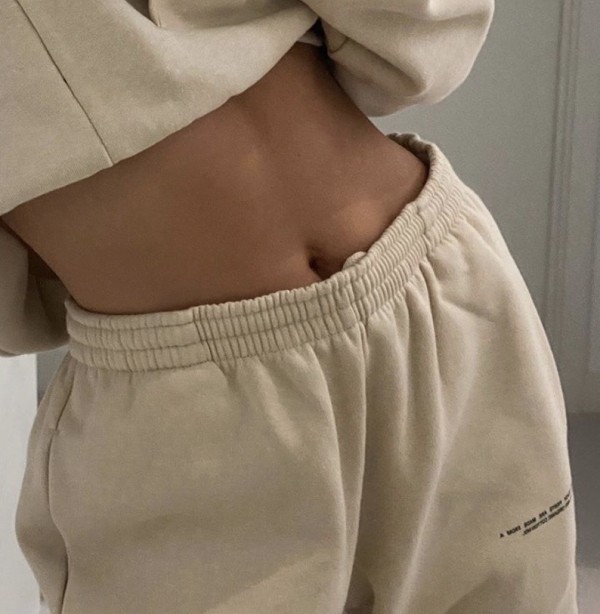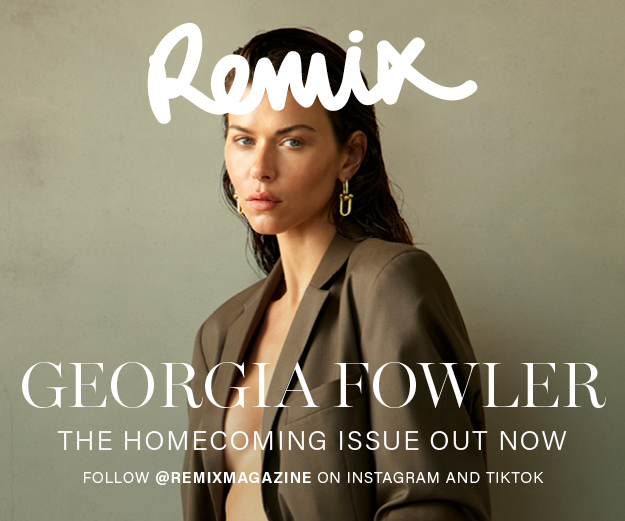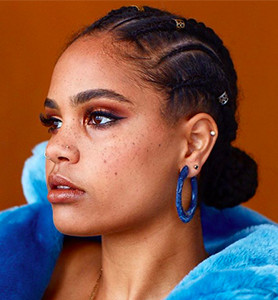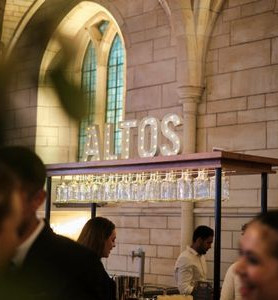How COVID-19 has impacted influencer marketing
With the pandemic having drastic effects on nearly every industry, it’s no surprise, that social media influencers have also been impacted. The lavish, luxury lifestyle stories we have become accustomed to seeing have been replaced with loungewear and #nomakeup selfies. So how is this impacting the way influencers produce, and we consume influencer marketing?


For content creators whose main contents revolve around travelling the world and attending exclusive events, for obvious reasons, have had to divert to a new course of action. Influencers have had to get creative with the type of content they produce online. As we’re all aware, influencers gain income mainly on product placements and from advertisements, and, the pandemic, influencers are still a key outlet in the marketing industry.
Throughout the years, social media influencer culture has reshaped business and marketing models on how brands reach their customers. Influencer marketing itself is worth around US$6.5bn 2019. The correlation of influencers and the product the brand is producing brings in consumers in a more tailored manner. Jenn Im, a Korean American influencer with 1.7 million followings, has been using her platforms to the max with product endorsements tailored to her ‘at-home’ vlogs. This ranges from meal prep brand endorsed videos to beauty brand-sponsored videos in her skincare routines. It’s fascinating to see how the difference in products and services influencers are sent to advertise on their platforms for marketing purposes.

Like any other business, influencers are working hard to adapt to the new environment, evolve or die, as they say…. As we have more people spending time at home now, “creators should be creating more now than ever” said Ricky Ray Butler, the CEO of the influencer-marketing agency BEN. Like any other marketing agency, the more sound you create regardless a pandemic, you can hang on to pre-existing consumers and potential consumers.
This new style of social media content creators are producing, does not only affect influencers themselves, but it also affects brands and the way they market products and services to catered consumers. I don’t know about anyone else, but I definitely want to see more cooking contents from influencers so I can get more creative than making pesto pasta dishes for dinner every night. It’s nice to see that despite the facade, influencers really just live lives like ours, as their ‘off-camera’ time becomes their new grid posts.




